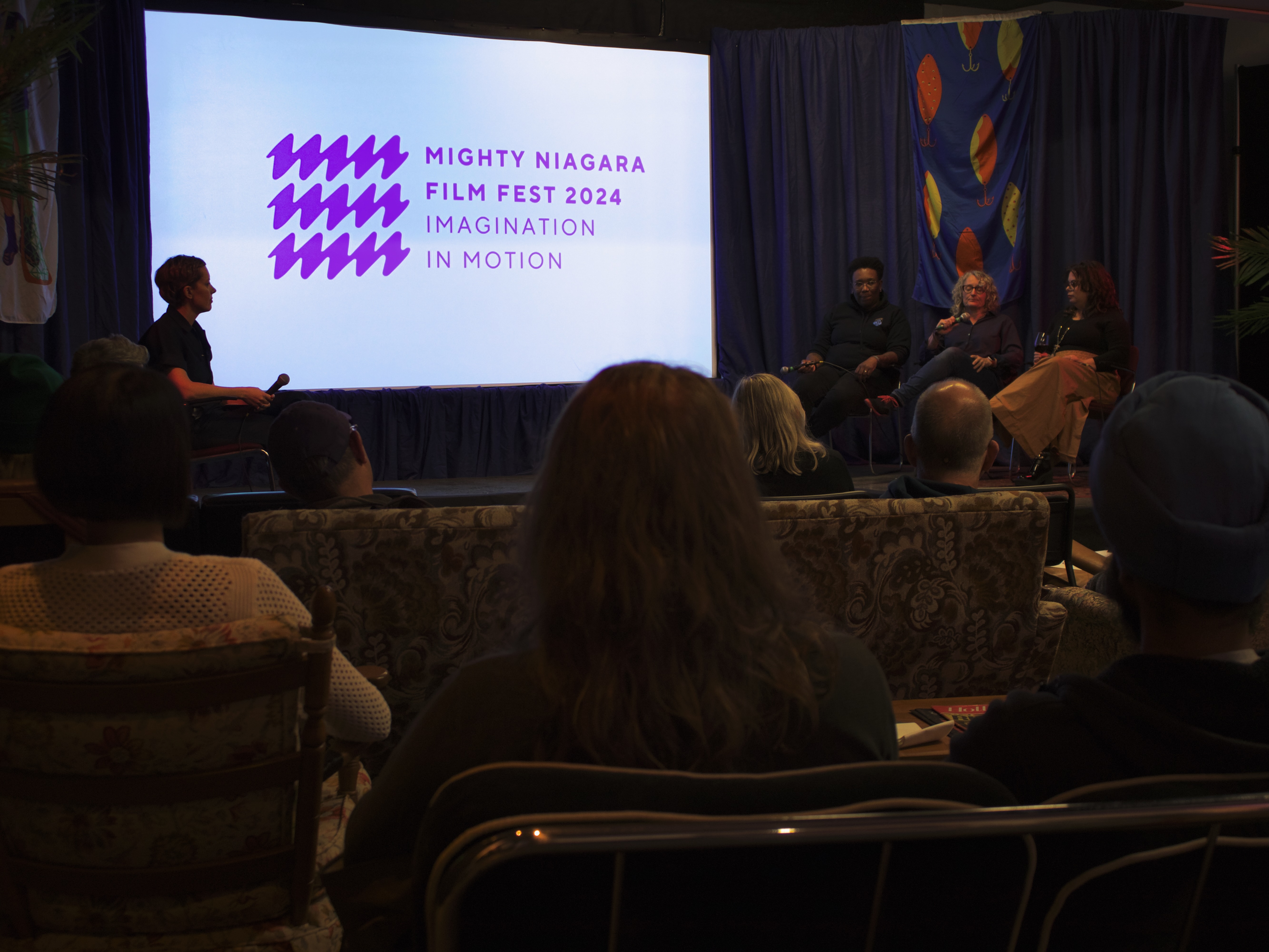The fourth annual Mighty Niagara Film Festival (MNFF) took place last week in venues across the region.
The festival is organized by the Niagara Artists Centre (NAC) in downtown St. Catharines. It spotlights films made by filmmakers in the Niagara region or those with a connection to the region. This year, the festival saw a large expansion, with goals of expanding its reach and influence throughout the region and beyond.
Along with film screenings, the festival hosted several workshops and events, including a drop-in media lab, a guide to handmade filmmaking and a karaoke night at the NAC.
This year the festival incorporated a film series titled “The Winnipeg Connection,” showcasing Winnipeg’s localized approach to cinema in relation to Niagara’s emerging arts scene. Several feature-length screenings were hosted at the Film House accompanied with audience Q&As led by Brock film professor Dr. Anthony Kinik.
Rumours
Canadian filmmaker Guy Maddin’s latest film is a genre-bending absurdist take on the annual G7 summit. Starring Cate Blanchett, the film follows the leaders of the G7 nations — Canada, France, Germany, Japan, Italy, the United Kingdom and the United States — at their annual summit to discuss global affairs. As tensions rise in the meeting, the group of esteemed individuals begin to realize the reality around them spiralling into absurdity, accompanied with mummified swamp zombies and a giant brain the size of a Volkswagen Bug.
In a Q&A following the screening, Maddin expressed his desire to break genre, letting the story unravel and the actors improvise. Perhaps too absurd at times, but always charming and endearing even at its most perplexing moments, Rumours is an independent gem satirizing the world’s most powerful political leaders. It shoots arrow after arrow at the target, and although there are a fair share of misses, the hits make it entertaining in the long run.
Universal Language
Winnipeg born filmmaker Matthew Rankin crafts a hypnotic convergence of stories in his bilingual film Universal Language. The film is set in an alternate brutalist imagining of a snow-covered Winnipeg, where the only languages spoken are Farsi and French. It intertwines three stories: the first of two sisters attempting to retrieve money frozen in ice; the second a guide who is an earmuff enthusiast leads an eccentric tour around Winnipeg; and the third of Matthew himself, returning to Winnipeg after many years to visit his mother.
A distinct characteristic of Universal Language is Rankin’s commitment to visual storytelling through camerawork. In several scenes the camera is fixed at eye-level, centred on one of the numerous windowless walls constructing the bleak, surreal Winnipeg.
In a Q&A, Rankin said he drew inspiration from Iranian cinema, seeking to blend its aesthetics and cinematography with the sights and sounds of a frigid alternate version of his hometown. He noted that the plotline about the two sisters originated from a story his grandmother told him from her childhood in the Great Depression.
Beneath its dry wit there is an existential, sullen quality to the film regarding nostalgia and coming-of-age. As Rankin puts it, the film is about “children facing situations an adult would face,” hence, two school children dedicating their day to retrieving money frozen in ice as if they’re being paid overtime for it.
The role of brutalist architecture in the film further builds on this theme. Even in the barren, concrete landscapes of this surreal Winnipeg, there is the warmth of childhood innocence and strangers communicating in interchangeable languages to thaw the ice. Neighbourhoods divided by walls and windowless buildings are metaphorically broken down as the characters form bonds to ensure mutual aid. Universal Language is an outstanding production from Rankin that has established itself as a proud new contribution to Canada’s growing catalogue of cinema. The film will also serve as Canada’s entry to the upcoming 97th Academy Awards.
—
Although the MNFF has drawn to a close, the NAC will be calling for submissions for next year’s festival, inviting local filmmakers and creatives to produce anything from a short film to a micro cinematic short. To some, Niagara may be easily overlooked as a cultural hub in Ontario, but the booming success of this year’s MNFF shows that the community is committed to advancing the region’s cultural presence and identity. The progress made is in courtesy of the NAC, local filmmakers and supporters of the growing art scene in the region.

